14 Magnetism
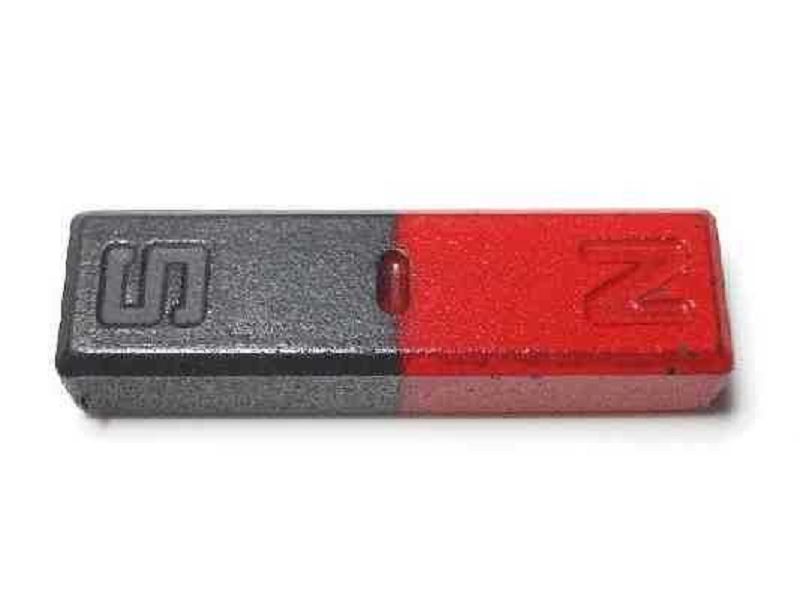
There is a priori no magnetic monopole. When a permanent magnet is broken, two magnets are produced, each with two poles.
There is a priori no magnetic monopole. When a permanent magnet is broken, two magnets are produced, each with two poles.
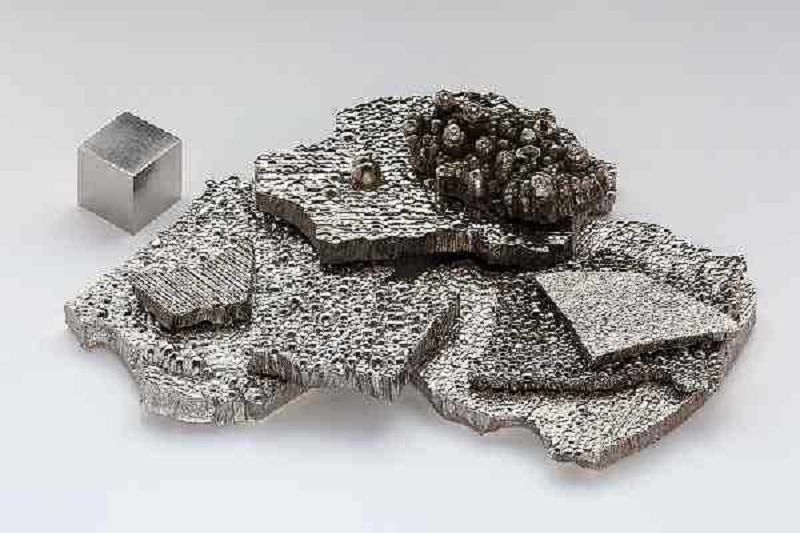
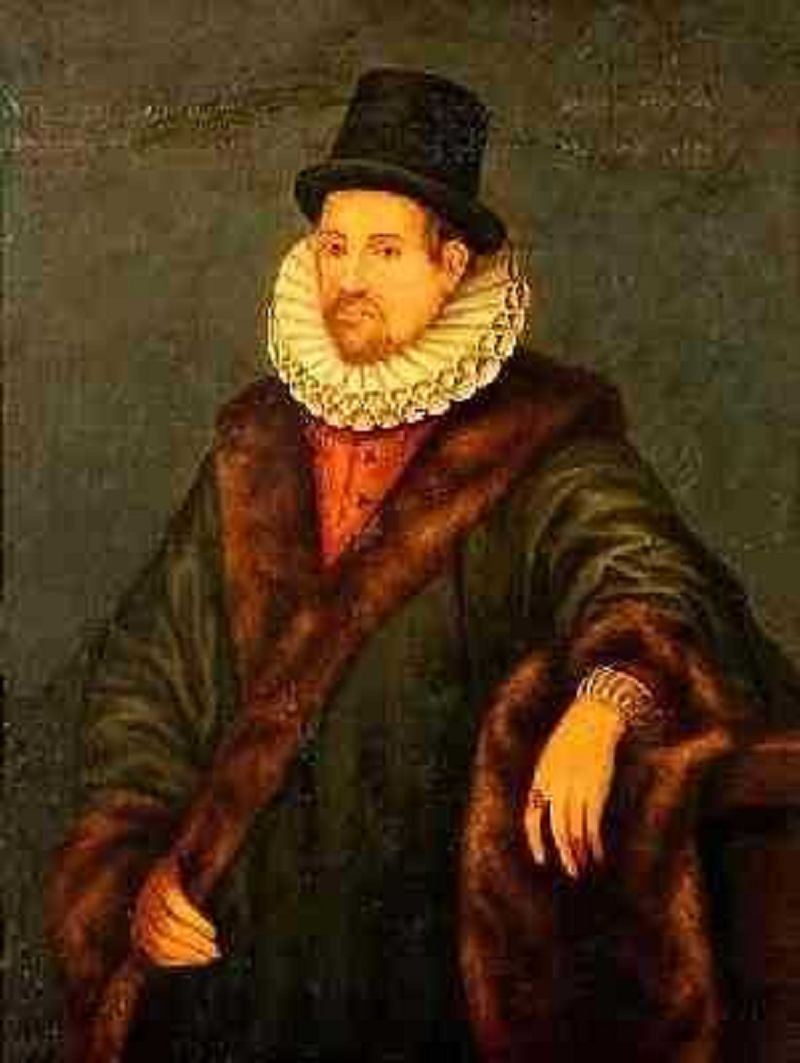
Which scientist born in the 16th century pioneered in the scientific exploration of magnetism?
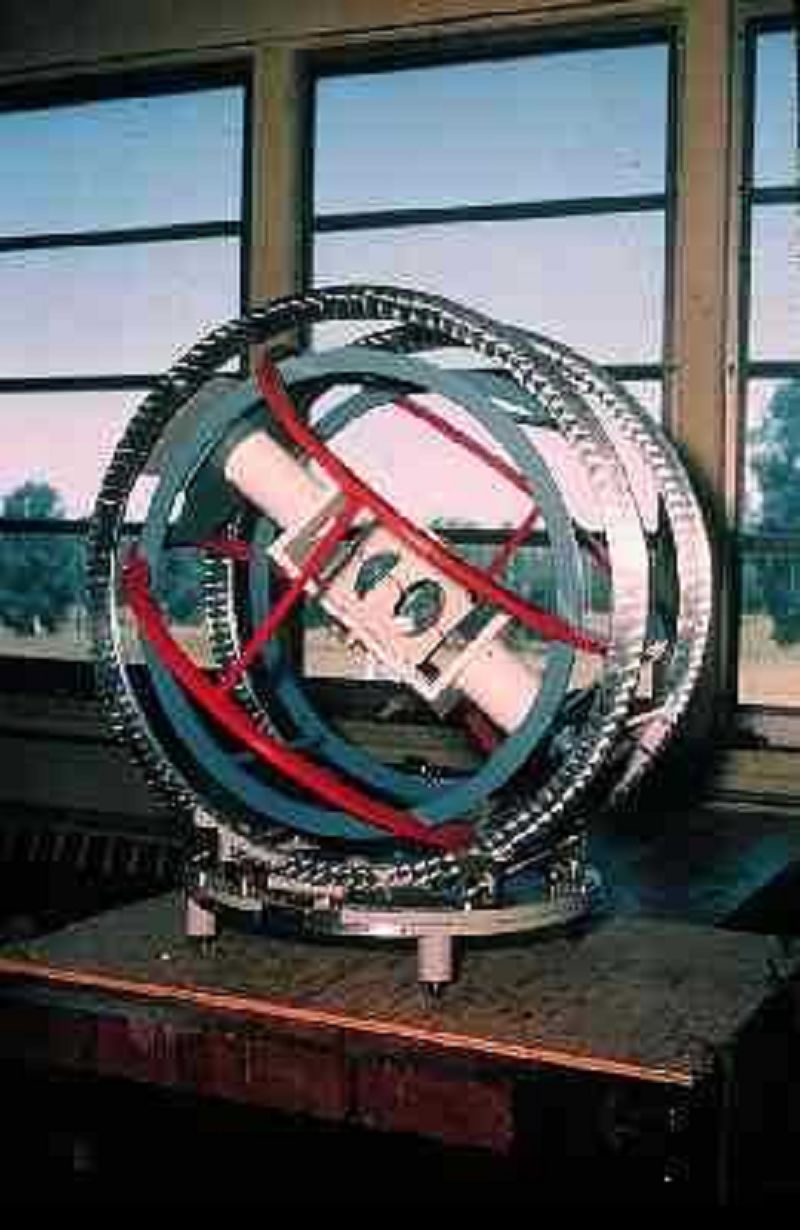
The right answer is Tesla, Newton is the unit of power, Pascal is the unit of pressure. The photo shows a proton magnetometer from 1967.
The right answer is Tesla, Newton is the unit of power, Pascal is the unit of pressure. The photo shows a proton magnetometer from 1967.
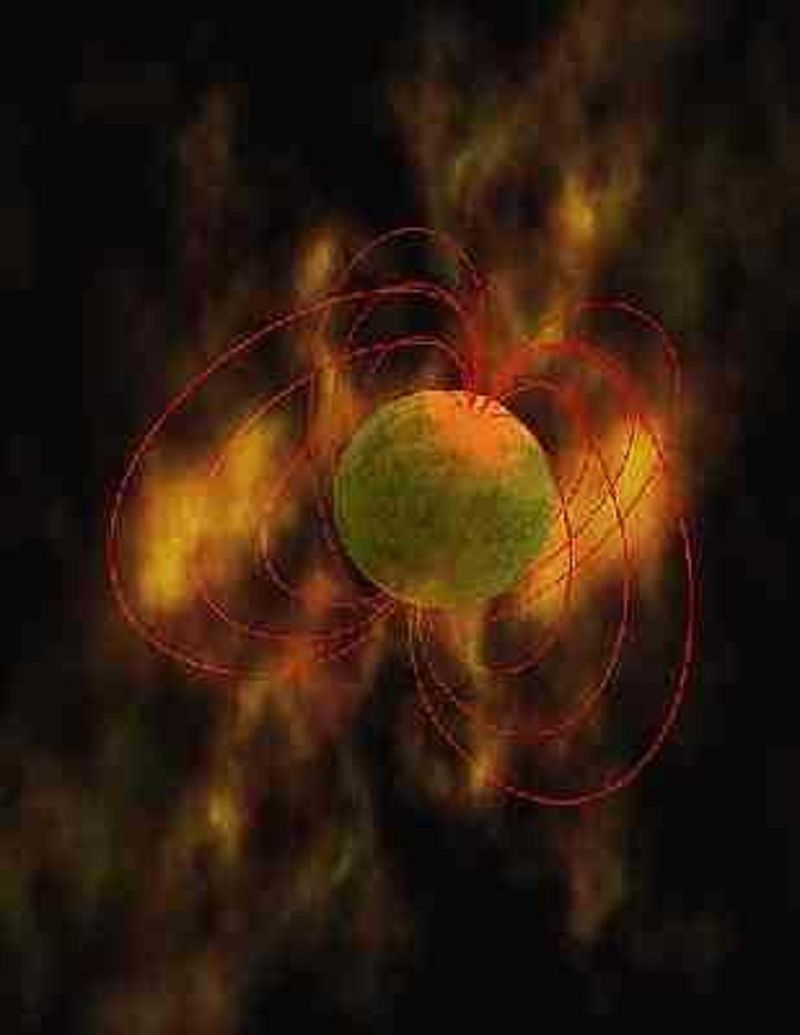

The right answer is neodymium-iron-boron magnets, reaching field strengths of up to 1.6 Tesla.
The right answer is neodymium-iron-boron magnets, reaching field strengths of up to 1.6 Tesla.
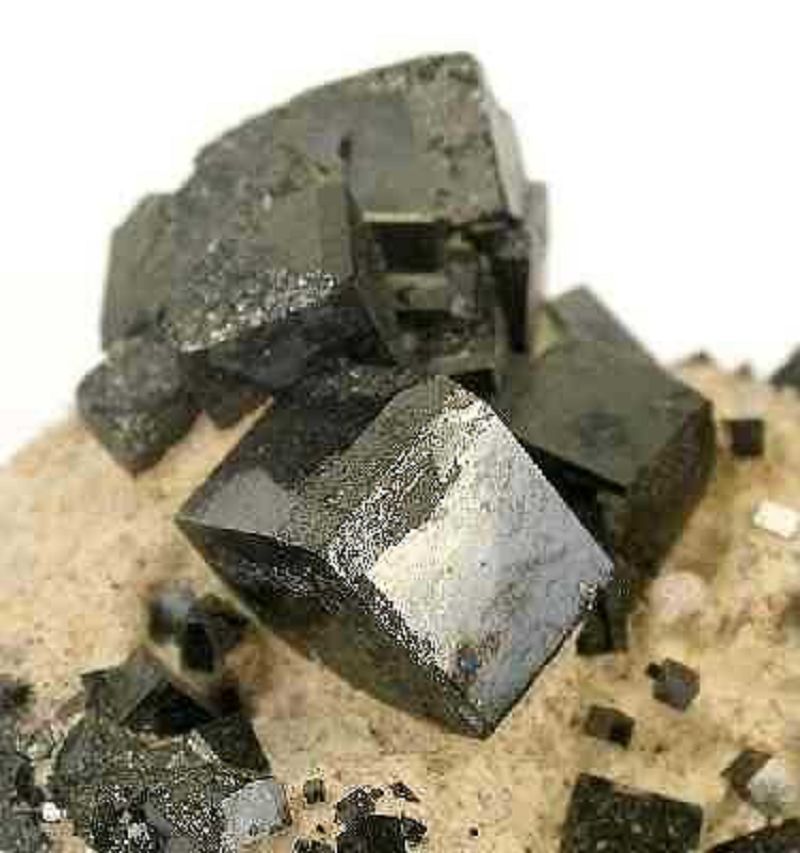
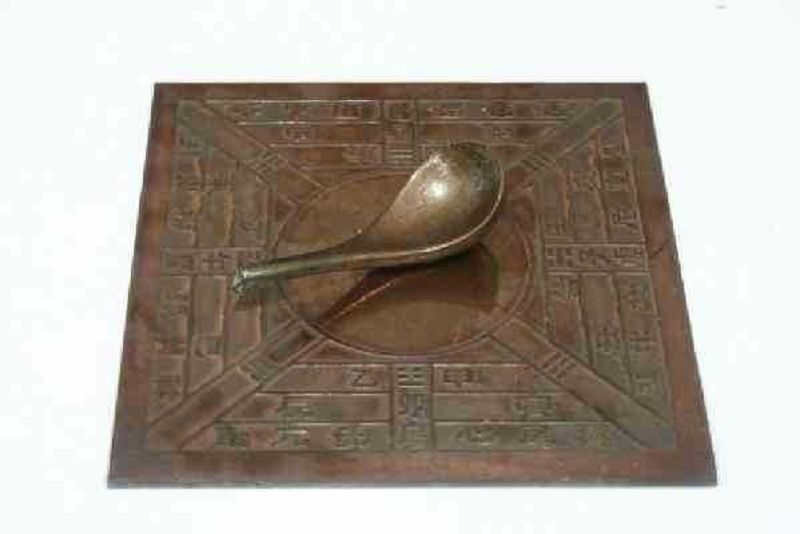
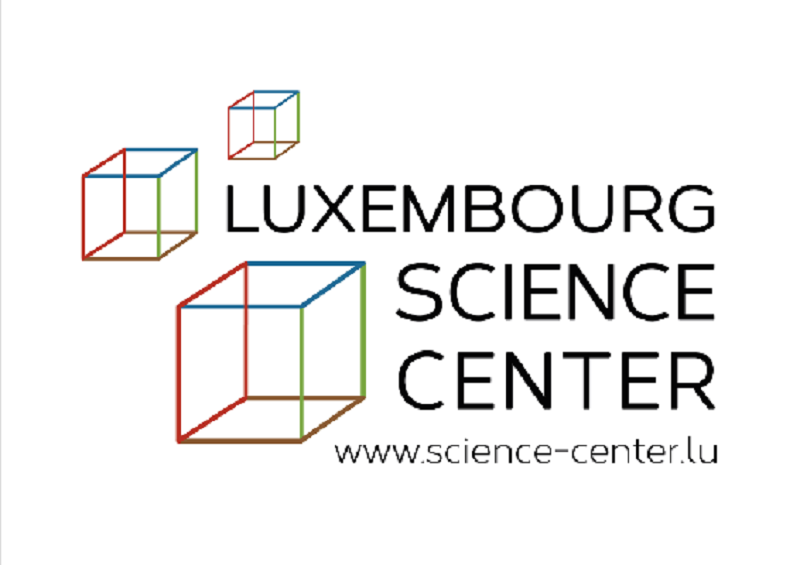
This quiz was written by the Luxembourg Science Center in Differdange. Visit the Centre to learn more about magnetism and other scientific topics!
This quiz was written by the Luxembourg Science Center in Differdange. Visit the Centre to learn more about magnetism and other scientific topics!
Before you discover your result, please leave us your e-mail address if you would like to be drawn amongst the highest scorers and thereby win free entrances to the Luxembourg Science Center!